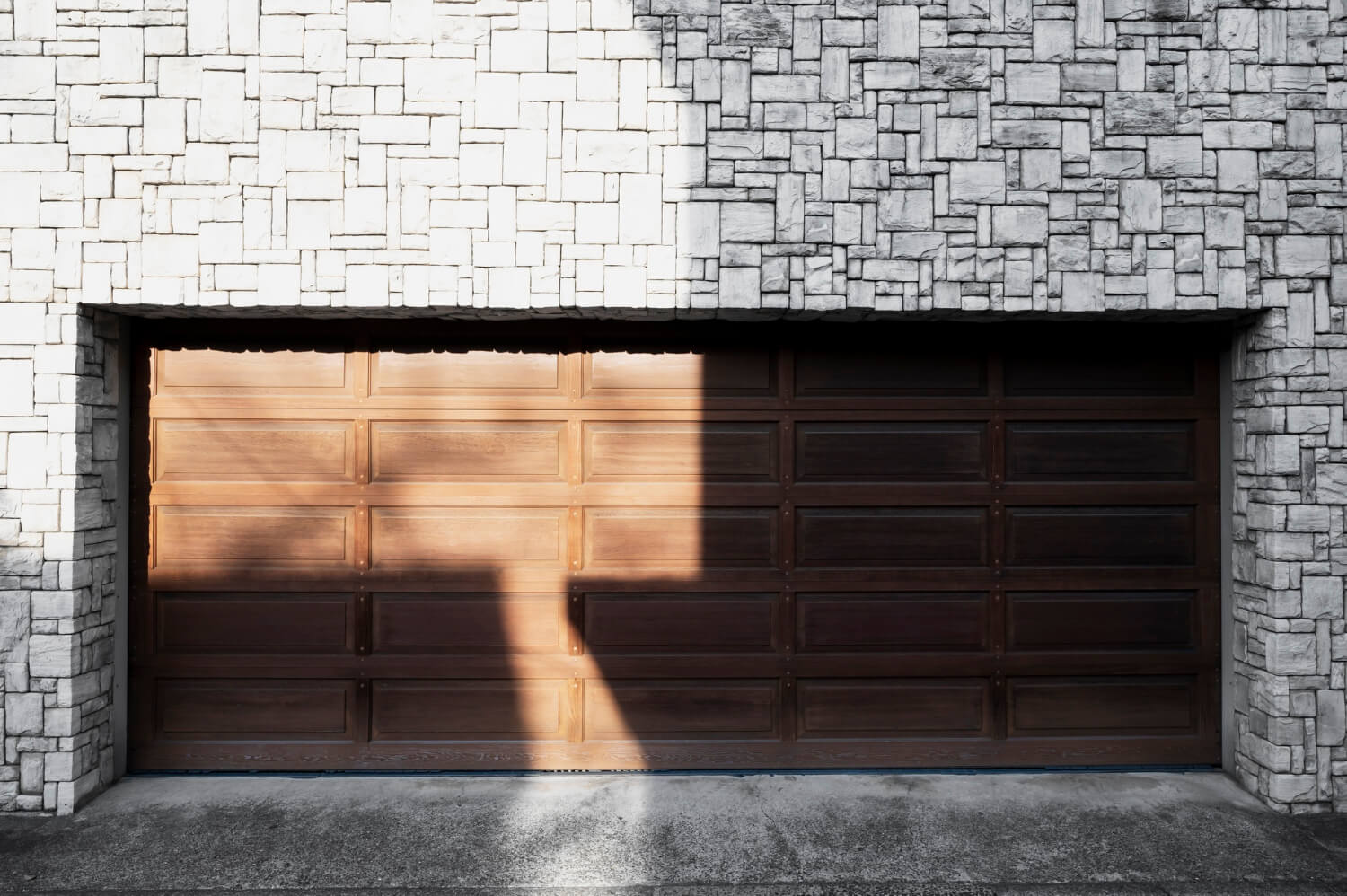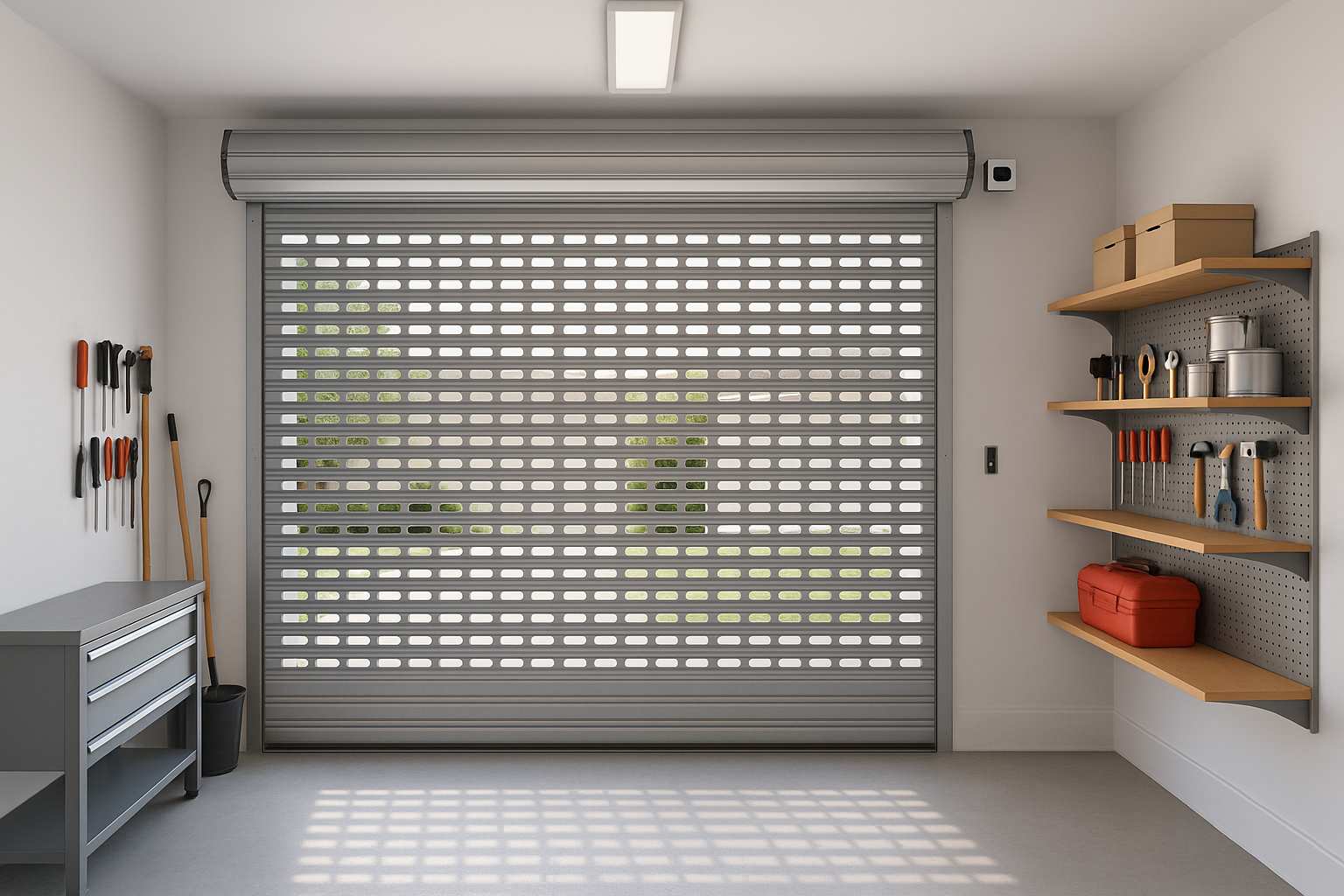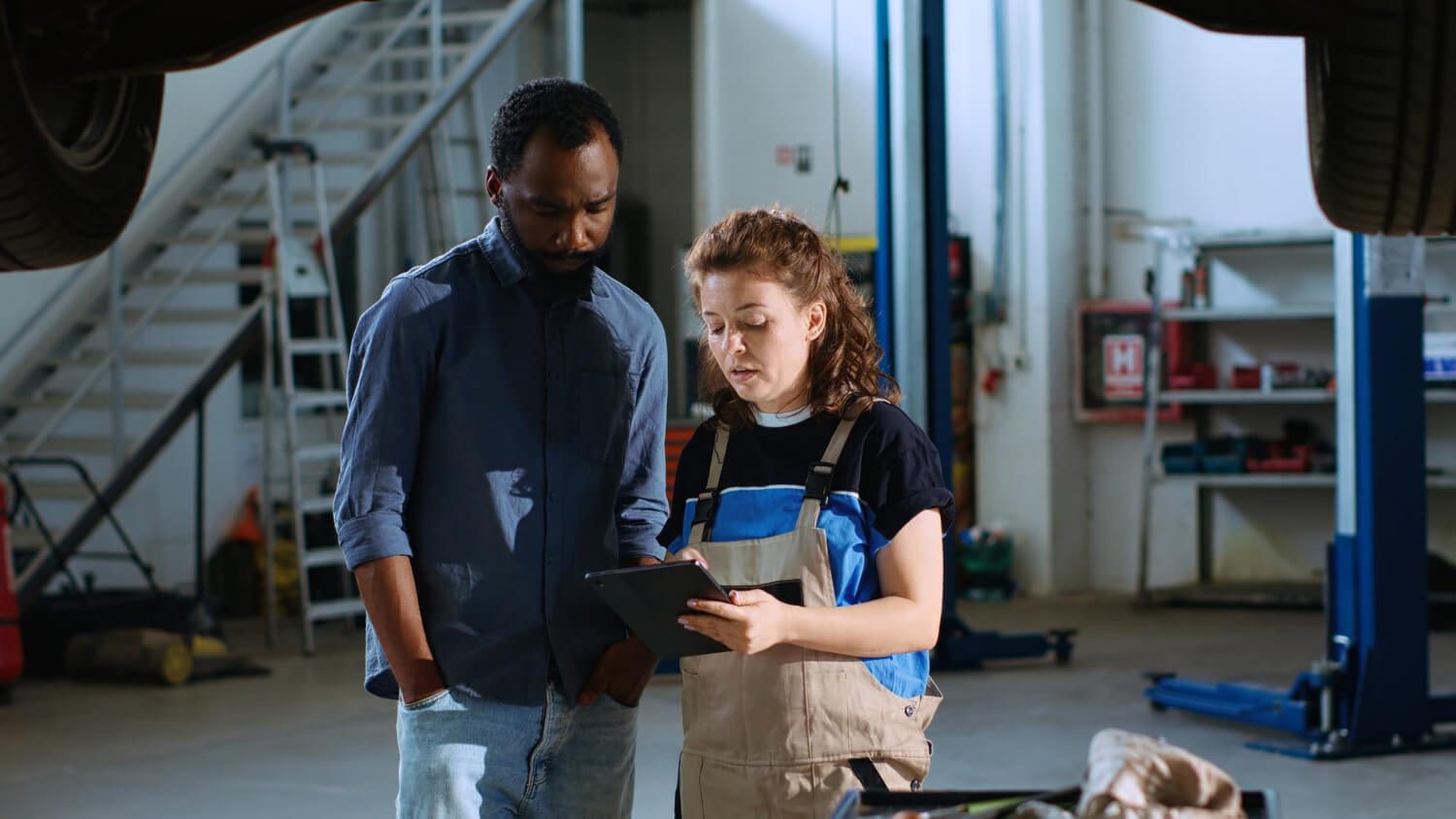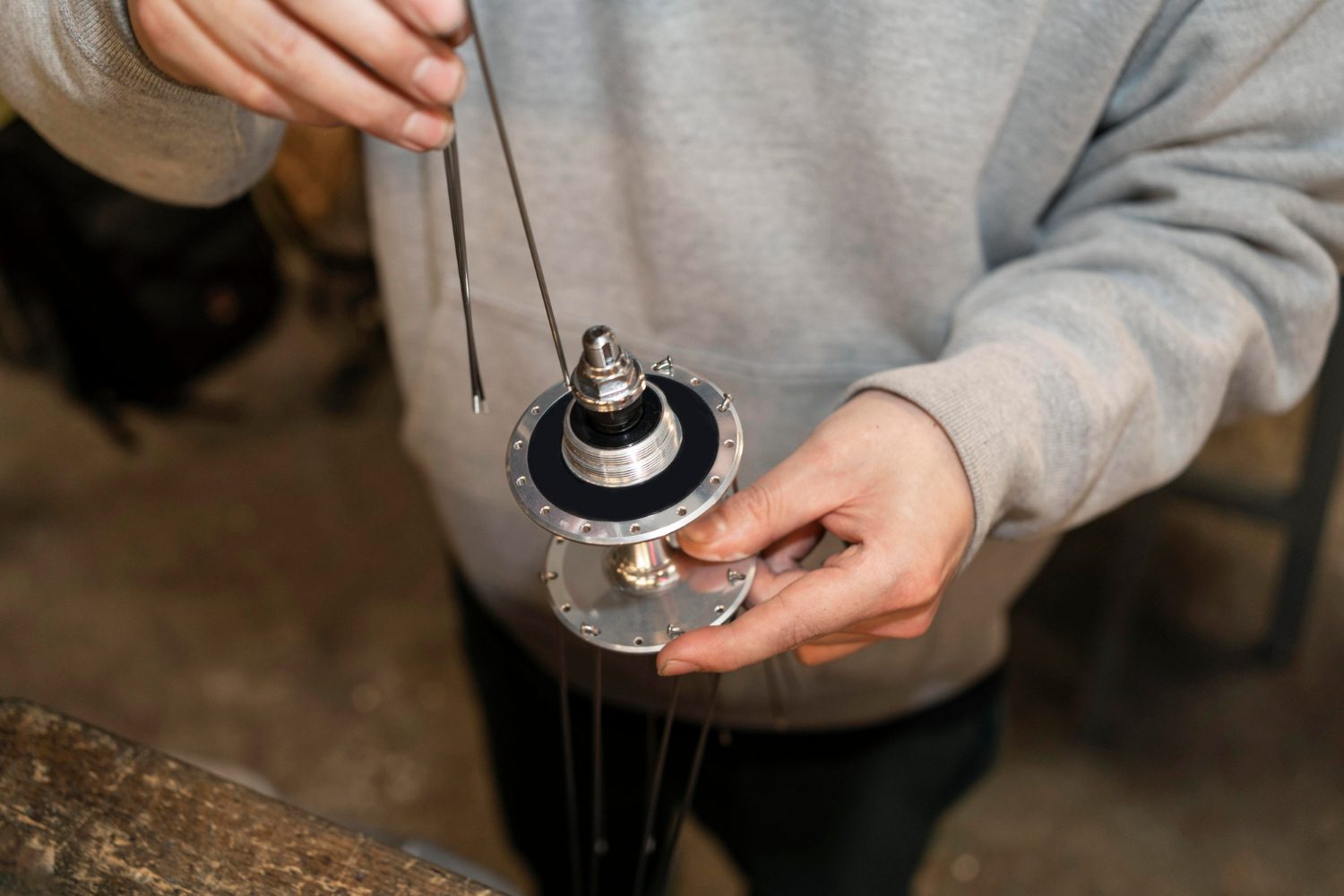There’s nothing quite like the convenience of a garage door that opens and closes with the press of a button. However, when you find your garage door opens by itself, it can quickly turn from a modern convenience into a potential security risk and a perplexing headache. If you’re residing anywhere in South Australia, you know how vital garage door security can be. Let’s dive into why this mysterious issue might occur and what you can do to address it.
Understanding Remote Interference and Signal Issues
Your automated garage door opener operates on specific frequencies which can sometimes be intercepted or interfered with by other devices. Here’s what could be happening:
Neighbor’s Remote
At times, your neighbour’s garage door remote might be triggering your garage door! This typically happens when both systems operate on the same frequency. A quick way to test this is to coordinate with your neighbour to see if their remote affects your door. If it does, the solution might be as simple as resetting your opener to a different frequency.
Signal Interference
Electronic devices in your home such as radios and some appliances might interfere with your garage door opener’s signal. Try turning off potential culprits or relocate them to see if the issue resolves. It’s worthwhile resetting your remote if interference seems to be the culprit.
The Role of Sensor Malfunction
Your garage door’s safety sensors are pivotal in ensuring safe operations. When these sensors malfunction, they can leave the door acting up, sometimes opening by themselves.
Dirty or Blocked Sensors
Dust, leaves, or even the seasonal elements like snow might obstruct the sensors. As a result, the door might interpret these as an obstacle, causing it to reverse and open unexpectedly. By giving the sensors a regular clean with a soft cloth and ensuring the path is clear, you can rectify many minor issues.
Misaligned Sensors
Misalignment of your sensors can be another potential issue. Ensure that the sensors are directly facing one another. Even a minor misalignment might cause frequent disruptions. If aligning them hasn’t helped, contacting a professional might be your best bet for a permanent fix.
Exploring Wiring Troubles
Wiring is the backbone of the complex operation of your garage door’s mechanics. Problems here can also cause your garage door to operate independently.
Exposed or Damaged Wires
Check the wiring going to the opener unit from the motor. Damaged or frayed wires can create short circuits, which simulate signals to the opener. Repair these by using electrical tape to wrap exposed wires, or replace them altogether if you feel confident to do so. However, for electrical issues, seeking professional assistance is often safest.
Short Circuits
Sometimes wires might brush against metal parts and cause unintended triggers. A close inspection for loose connections or exposed wires could save you some frustration. Remedy the problem promptly to keep operations smooth.
Tackling Mechanical Problems
Physical hardware issues are sometimes the cause behind mysterious garage door openings.
Worn-Out Springs and Misaligned Tracks
Springs wear out or tracks might become misaligned over time, leading to erratic door movements. Listen for any unusual noises like scraping or clinking, which might suggest mechanical issues. If suspected, it’s crucial to address these promptly, potentially with professional help, to avoid further complications.
Loose Hardware
It could be something as simple as loose nuts and bolts. Regularly inspect your garage door setup to ensure that all components are secure. Tightening these can prevent many motion irregularities.
Electrical Glitches
At times, electrical glitches pose a significant issue, especially during turbulent weather conditions in South Australia.
Power Surges
During strong thunderstorms, power surges and outages might occur. These can damage your garage door opener’s circuits. If you notice a pattern during specific weather conditions, a professional diagnosis might be necessary.
Damaged Control Panel
The control panel might become the unsuspected culprit of the unwanted door operations. If the operation seems more erratic than usual, consulting professionals to examine the control panel could save future frustrations.
Checking for Obstructions
Believe it or not, small objects can also be a part of the problem. Your garage door is equipped with safety mechanisms to prevent closure on objects.
Visual Inspections
A quick way to diagnose is to ensure nothing is blocking the track. From children’s toys to stray garden tools, even small obstructions can cause a halt. Ensure the path is clear, allowing uninhibited operations.
Diagnostic Lights and Remote Control
Many openers come with diagnostic lights that indicate if there’s a blockage. Keeping an eye on these could identify lurking issues. As for the remote, ensure its buttons are not stuck, as they might be sending unintended opening signals.
Weather-Related Factors
Weather can directly impact your garage door operation, especially during winter or in case of drastic conditions like thunderstorms.
Snow or Ice Buildup
During colder months, snow or ice can build up around your garage door’s threshold. This buildup might trick sensors into reversing the door’s operation. Regular removal can ensure smooth operation.
When to Call in the Professionals
While many of these issues can be self-diagnosed and resolved, there are times when calling in a professional is the wiser route. For instance, when dealing with complex electrical or mechanical issues, ensure your safety comes first.
If attempts to resolve the issue independently prove unsuccessful, don’t delay reaching out to a local expert who can diagnose and resolve the problem effectively, ensuring your home remains secure.
Having a garage door open by itself is more than just an inconvenience. It’s a clear signal that something needs addressing to ensure your home’s safety and your peace of mind. Hopefully, with these insights, you’re better equipped to tackle the issue head-on, ensuring your garage door operates just as you want it—on your command. Happy troubleshooting!






